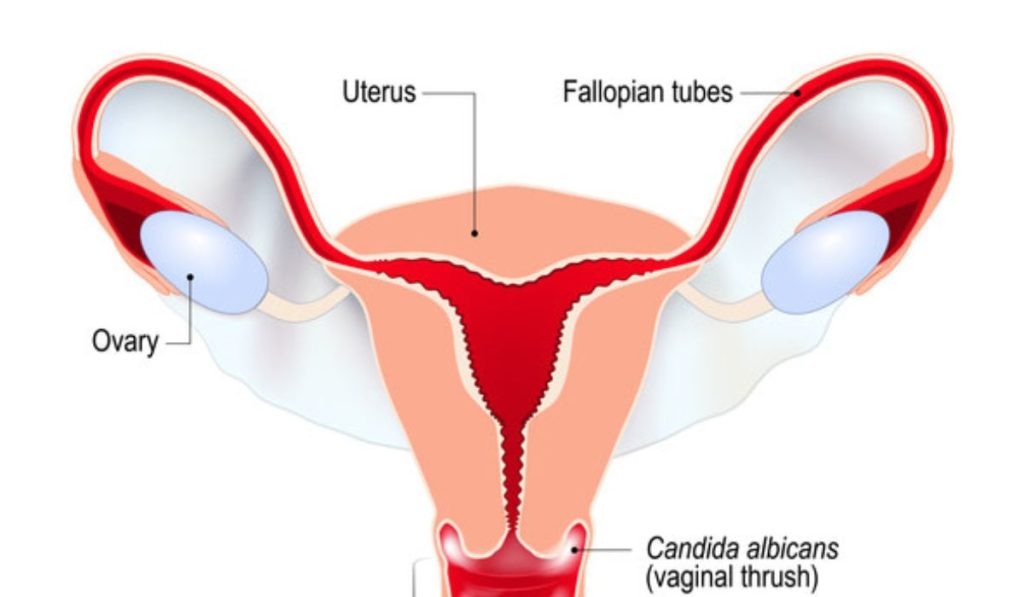The Fastest Way to Cure a Yeast Infection: Best Treatments and Home Remedies
Yeast infections are a common issue, affecting many people at some point in their lives. While they’re uncomfortable and inconvenient, the good news is that they’re usually easy to treat.
If you’re looking for fast relief, you’ve come to the right place! In this article, we’ll explore the quickest ways to treat a yeast infection, from over-the-counter options to natural remedies, and when it might be time to see a doctor.
Understanding Yeast Infections
A yeast infection, known in medical terms as candidiasis, is an overgrowth of a fungus referred to as Candida albicans. This overgrowth may take place anywhere on the body.
But most of the cases involve the genital region. It presents with itching, redness, swelling, and a thick, white discharge. Early detection can help you to take quick action.
Rapid Over-the-Counter Remedies
The fastest solution for many people is an over-the-counter antifungal medication to treat a yeast infection. Options include
- Creams: Miconazole (Monistat) or clotrimazole (Gyne-Lotrimin) can start providing relief in a few days. The cream is applied directly to the affected area and starts working within a few hours.
- Suppositories: Placed in the vagina, suppositories often bring fast relief, sometimes within a week.
- Oral Pills: Fluconazole is a single pill that works wonders. It’s usually recommended when OTC medicines don’t respond or when there are recurring infections.
Before going for an OTC medication, it’s best to confirm what you are dealing with is indeed a yeast infection because some conditions have similar symptoms.
Natural Remedies for Quick Relief
If you are keen on using a natural approach, various remedies will help relieve symptoms quickly:
- Yogurt: Full of probiotics, plain yogurt will help to restore the balance of bacteria and yeast that are present in the body. This could be helpful by applying topically or consuming daily.
- Coconut Oil: As it has antifungal properties, coconut oil can be applied to the affected area. It is very soothing.
- Tea Tree Oil: Diluted tea tree oil is an excellent topical remedy. Be careful with applying as it is recommended to be well diluted as it can lead to irritation.
- Apple Cider Vinegar: Add a cup of apple cider vinegar to a warm bath to restore the body’s natural pH and fight off the yeast.
While natural remedies are helpful, they may not be as effective or quick as conventional treatments. Always consult a healthcare provider before trying a new remedy.
Lifestyle Changes to Prevent Recurrence
You will save yourself the discomfort of having a yeast infection if you take preventive measures. Here are some preventive measures to consider
- Wear Breathable Fabrics: Cotton underwear is recommended, and avoid tight clothing as moisture may encourage yeast growth.
- Maintain Good Hygiene: Change clothes out of damp clothes, especially after exercising.
- Balanced Diet: A diet low in sugar and refined carbs helps keep yeast levels in check.
- Limit Antibiotic Use: Antibiotics can interfere with the body’s natural balance of bacteria, which can predispose to yeast infections.
When to See a Doctor
If symptoms persist after treatment or recur frequently, see a healthcare professional. Recurrent infections may be a sign of an underlying condition, such as diabetes or a weakened immune system.
Additionally, if it’s your first yeast infection or if you’re pregnant, it’s wise to get a professional opinion to ensure proper treatment.
Conclusion
While yeast infections are unpleasant, they’re typically easy to treat. Over-the-counter medications offer the quickest relief, but natural remedies and lifestyle changes can be equally effective for some.
Always listen to your body and seek medical advice if something feels off. With the right approach, you’ll be on your way to feeling better in no time!
How do you stop yeast from growing in your body?
To prevent yeast overgrowth in your body, consider the following strategies:
1. Maintain a Balanced Diet
- Reduce Sugar Intake: Yeast thrives on sugar, so limit refined carbs and sugary foods.
- Eat Probiotic-Rich Foods: Yogurt, kefir, and fermented foods help maintain healthy gut bacteria.
- Increase Fiber Intake: Fiber helps eliminate toxins and supports digestion.
2. Practice Good Hygiene
- Keep Skin Dry: Moist environments encourage yeast growth, so dry off thoroughly after bathing.
- Wear Breathable Fabrics: Cotton underwear and loose clothing help reduce moisture buildup.
- Change Wet Clothes Promptly: Avoid sitting in damp swimwear or workout clothes for too long.
3. Strengthen Your Immune System
- Manage Stress: High-stress levels weaken immunity, making the body more susceptible to infections.
- Get Enough Sleep: A well-rested body fights off infections more effectively.
- Stay Hydrated: Drink water to flush off toxins and maintain a balanced system.
4. Caution with Antibiotics
Taking antibiotics knocks out the good bacteria, which then allows the yeast free reign. Use only when necessary, and consider taking probiotics with the antibiotic.

